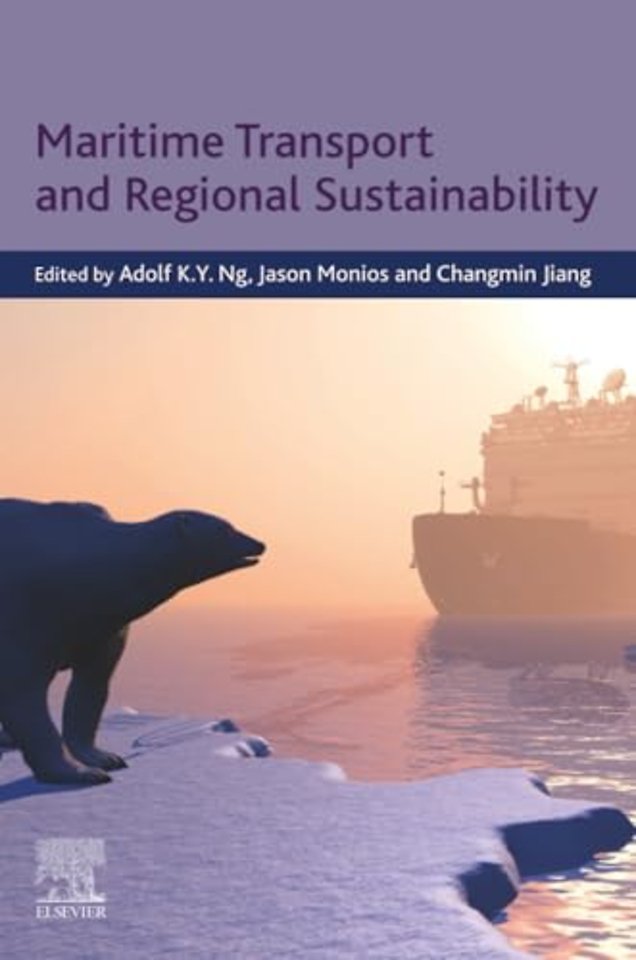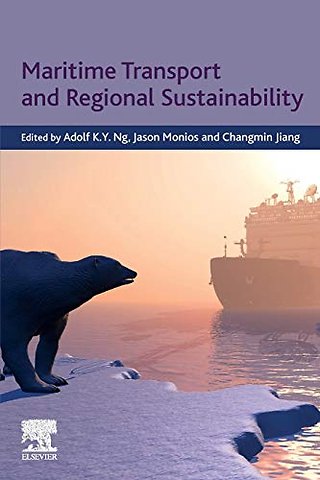Part I: Theoretical settings<br>1. Setting the scene on maritime transport and regional sustainability<br>2. Environmental governance in shipping and ports: Sustainability and scale challenges<br><br>Part II: Adapting to climate change impacts<br>3. Storm resilience and sustainability at the Port of Providence, USA<br>4. Insights from recent economic modeling on port adaptation to climate change effects<br>5. Sustainability cruising and its supply chain<br>6. How does the UK transport system respond to the risks posed by climate change? An analysis from the perspective of adaptation planning<br><br>Part III: Improving environmental practice<br>7. Green port initiatives for a more sustainable port-city interaction: The case study of Barcelona<br>8. Climate change adaptation and mitigation in ports: Advances in Colombia<br><br>Part IV: Opening up the Arctic Seas<br>9. Navigational risk factor analysis of Arctic shipping in ice-covered waters<br>10. Assessing the risk of potential oil spills due to shipping in the Arctic due to shipping<br>11. Future Arctic shipping, black carbon emissions, and climate change<br>12. Opportunities and challenges of the opening of the Arctic Ocean for Norway<br>13. Climate change, a double-edged sword: The case of Churchill on the Northwest Passage<br><br>Part V: Other key issues<br>14. An investigation into the responsibility of cruise tourism in China<br>15. Government initiatives on transport and regional systems: The development and management of Chinese high-speed rail<br>16. Connect or be connected strategy in the context of the Belt and Road Initiative: A Korean case<br>17. A multiobjective programming model for comparing existing and potential corridors between the Indian Ocean and China<br>18. Mehar method for solving unbalanced generalized interval-valued trapezoidal fuzzy number transportation problems

